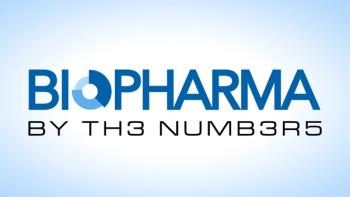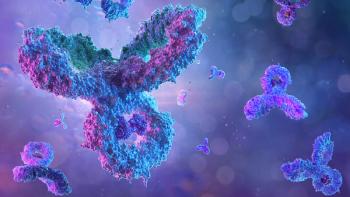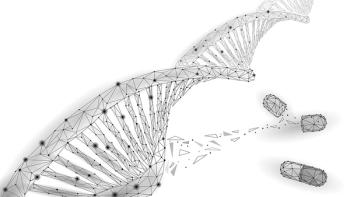
EG 427 Presents HSV-1 Tech for Neurology at ASGCT 2025
The poster presentations contain data highlighting the company’s role to date in developing non-replicating HSV-1 technology for use in neurology.
The France-based genetic medicines developer EG 427 has provided details on its two posters exhibited on the first night of the 28th annual meeting of the American Society of Gene and Cell Therapy (ASGCT), running from May 13–17, 2025 in New Orleans (1).
Vector technology shown effective
Data presented by the company in the posters focused on the HSV-1 genome and EG 427’s role in developing non-replicating HSV-1 (nrHSV-1) vector technology for neurology applications (1). The first poster described a vector with two transgenes controlled by independent regulatory elements in different epigenetic regions of HSV-1. EG 427 said both in-vitro and in-vivo studies showed that this vector allowed the transgenes to be expressed with differing duration patterns.
“This innovative dual-payload nrHSV-1 vector, which enables the delivery of multiple transgenes with distinct expression dynamics within the same cell, provides a completely new approach for genetic medicines of the future,” said Teddy Jégu, PhD, vice-president of research for EG 427, in a company press release (1). “Our ability to offer two transgenes with independent expression profiles in one vector is a huge advantage over other vector technologies, especially when we see the AAV [adeno-associated virus] field struggling with multiple vector constructs to deliver a single transgene. Our vision is to be able to develop a single vector with, for example, the ability to delete genes in vivo, through a transient expression of gene editing proteins, and to replace with a corrected gene with the capacity to deliver long-term expression to treat autosomal dominant disease.”
The second poster, according to EG 427, explained the development of an nrHSV-1 vector, derived from the company’s proprietary HERMES platform, that broadly targeted cortical neurons projecting in the striatum of mice when administered there (1). EG 427 suggests that this result holds potential for unique, targeted biodistribution of therapeutic proteins in the brain, making it accessible for a wide range of neurodegenerative diseases.
“We have made great progress in advancing our novel non-replicative HSV-1 vector platform, which is not only seen in the data presented at ASGCT but also in the significant milestone announced early this year when we treated the first patient in our clinical study of EG110A in spinal cord patients suffering from urinary bladder dysfunction,” said Philippe Chambon, MD, PhD, founder and CEO of EG 427, in the release (1). “These advances provide strong, early evidence that our genetic medicines could offer safe, targeted and cost-effective ways to treat some of the large medical needs of patients suffering of chronic neurological diseases.”
Financing for clinical trials
In February 2025, EG 427
EG 427’s poster presentations at ASGCT 2025 were made Tuesday, May 13 by Justine Basset, senior scientist, and Julien Ratelade, preclinical manager (1).
References
1. EG 427.
2. EG 427.
Newsletter
Stay at the forefront of biopharmaceutical innovation—subscribe to BioPharm International for expert insights on drug development, manufacturing, compliance, and more.





